induction forging is more safer and quicker
Views
Induction forging refers to the use of an induction heater to pre-heat metals prior to deformation using a press or hammer. Typically metals are heated to between 1,100 °C (2,010 °F) and 1,200 °C (2,190 °F) to increase their malleability and aid flow in the forging die.
Induction forging have been installed in various of industrial work, mainly in the metal and foundry sector. Examples of materials you can process with forging induction are aluminum, brass, copper, steel and stainless steel.
Process:
Induction heating is a non-contact process which uses the principle of electromagnetic induction to produce heat in a workpiece. By placing a conductive material into a strong alternating magnetic field, electrical current is made to flow in the material, thereby causing Joule heating. In magnetic materials, further heat is generated below the Curie point due to hysteresis losses. The generated current flows predominantly in the surface layer, the depth of this layer being dictated by the frequency of the alternating field and the permeability of the material.
Power consumption:
Power supplies for induction forging vary in power from a few kilowatts to many megawatts and, depending on the component geometry, can vary in frequency from 50 Hz to 200 kHz. The majority of applications use the range between 1 kHz and 100 kHz.
In order to select the correct power it is necessary to first calculate the thermal energy required to raise the material to the required temperature in the time allotted. This can be done using the heat content of the material which is normal expressed in KW hours per tonne the weight of metal to be processed and the time cycle. Once this has been established other factors such as radiated losses from the component, coil losses and other system losses need to be factored in. Traditionally this process involved lengthy and complex calculations in conjunction with a mixture of practical experience and empirical formula. Modern techniques utilise finite element analysis and other computer aided modeling techniques, however as with all such methods a thorough working knowledge of the induction heating process is still required.
Related Content
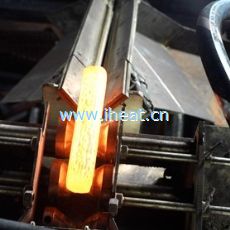
induction forging billet 1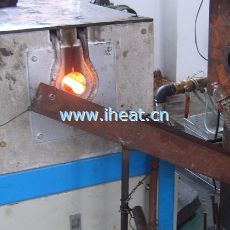
medium frequency of induction forging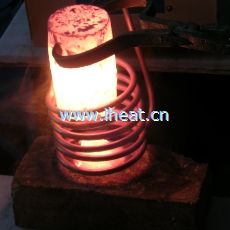
medium frequency induction forging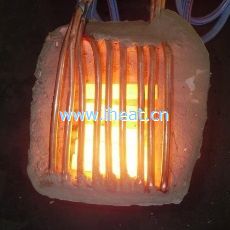
medium frequency induction forging steel bars
medium frequency induction forging steel bar
medium frequency induction forging steel bar 2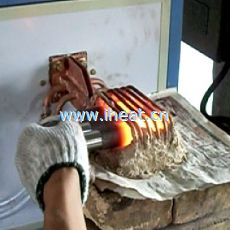
medium frequency induction forging steel bar 1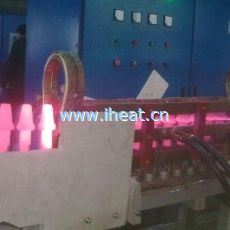
medium frequency induction forging large screws

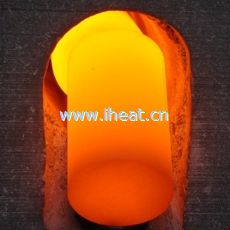
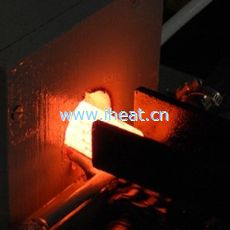

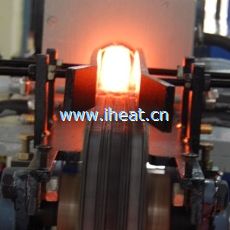
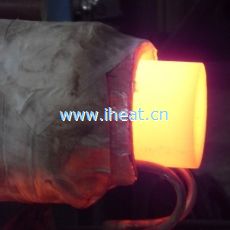
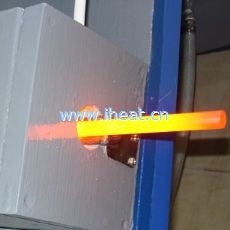
![Steel Forging Induction Heating Machine 80 110KW [21]](/upfile/200305/03/small_Steel-Forging-Induction-Heating-Machine-80-110KW-21-18237343.jpg)
![Steel Forging Induction Heating Machine 80 110KW [31]](/upfile/200305/03/small_Steel-Forging-Induction-Heating-Machine-80-110KW-31-39067343.jpg)
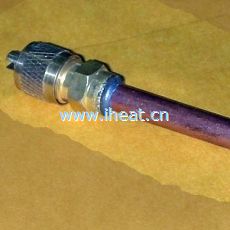
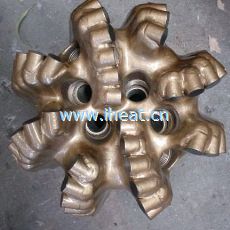

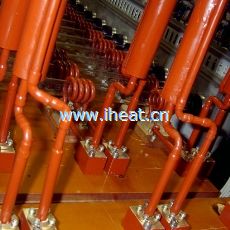
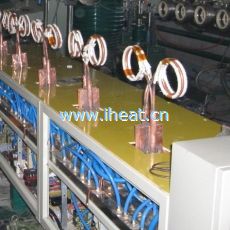

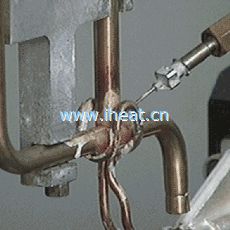
Newest Comment
No Comment
Post Comment